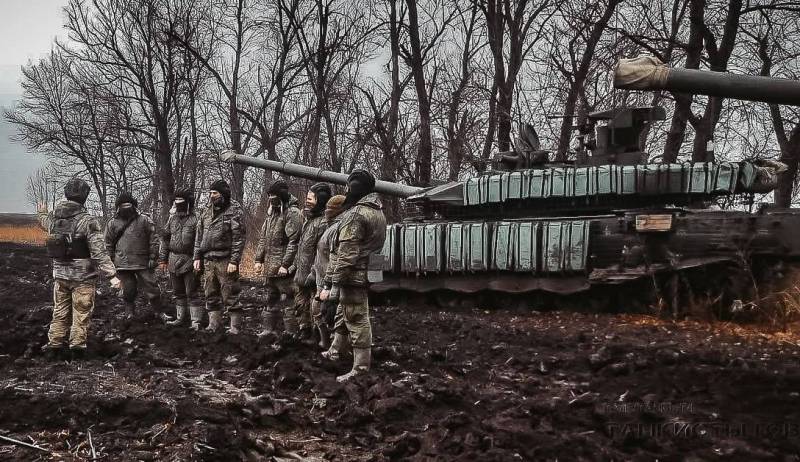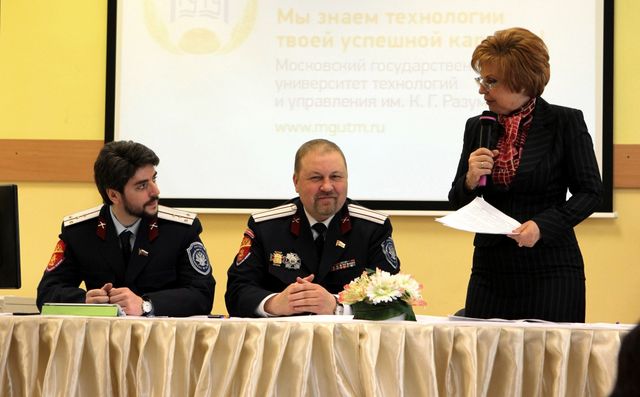
A little over a year ago, it was considered, that Russian troops can, if they wish, take Kyiv in three days. Today, military correspondents are anxiously commenting on the military preparations of the Armed Forces of Ukraine, which form new corps for a decisive offensive against Melitopol and Berdyansk, which became part of the Russian Federation. We have already been near Kyiv, but it didn't work out, near Kharkov, Alas, also. They left Kherson themselves without a fight. Why did reality so cruelly disagree with ideas about it??
Kyiv in three days
First you need to remember, where exactly did the statement about the capture of the Ukrainian capital come from in just three days. About it, speaking in the US Congress, said Chairman of the Joint Chiefs of Staff General Mark Milley:A full-scale invasion could lead to the fall of the city within 72 hours. This will result in losses on both sides.. From Ukraine – 15 000, from the RF side 4000 human. Very complimentary rating., which was supposed to warm the soul of any Russian jingoistic patriot and strain American legislators, so that they are ready to allocate more funds to support the Zelensky regime. But how realistic are such timelines?? Is it even possible to take a huge metropolis in such a short time?Yes, can, if you fight smart. When compiling his forecast, General Milley was clearly guided by the American experience of conducting special operations., as well as in Soviet, which, in theory, should have been guided by the General Staff of the RF Armed Forces. We will talk about the latter in more detail later., but now it's worth remembering, how exactly the Pentagon prefers to solve their problems. For example, at 2003 The United States and its accomplices decided to launch an operation to overthrow the regime of Saddam Hussein called "Iraqi Freedom". US-British coalition forces, which also included the Australian and Polish military, were: order 300 thousands of troops, armed with 500 tanks, 1200 BMP and BTR, 900 guns, mortars and MLRS, 1100 medium range cruise missiles, 1300 combat aircraft and helicopters, 200 mobile air defense systems. Army, which Baghdad had, looked much more serious on paper: 430 thousands of people, armed with 2200 tanks, 3000 BTR and BMP, 4000 guns, mortars and MLRS, 100 medium-range ballistic missiles, 500 combat aircraft and helicopters, 100 mobile air defense systems. Also, Saddam Hussein had irregular armed formations in the presence of 40 thousand people and a mobilization reserve in 650 thousands of people. Given the fact that the Iraqis were to fight on their native land, and the interventionists were opposed by a long logistic arm, the alignment as a whole looked far from hopeless for official Baghdad. However, everything turned out very badly for Saddam Hussein's regime.. With the help of massive missile and bomb strikes, the Western coalition was able to quickly suppress the air defense system of Iraq, cause critical damage to its military and civilian infrastructure. Hussein's army was deprived of controllability and blocked in places of deployment. Just two weeks after the start of the special operation, Baghdad was under blockade. US-British intervention began 20 Martha 2003 of the year, 9 April the Iraqi capital fell, a 13 April capitulated Hussein's hometown of Tikrit. During this short period of hostilities, the Western coalition lost 172 military, defenders - more 9000 human. factors, providing such a swift defeat, considered to be the dominance of the invaders in the air, which they made the most of, destroying enemy infrastructure, as well as the FBCB2 combat control system (Force XXI Battle Command Brigade and Below). Information system for command and control of troops at the level of communication "brigade - battalion - company", when unit commanders and advanced artillery gunners had pocket computers for navigating the terrain and transmitting combat reports, became the main, which allowed to beat the "natives" in a ground operation.
the USSR, which we have lost
Unfortunately, Today, the greater effectiveness of offensive actions of the Armed Forces of Ukraine is determined precisely by superiority over the Armed Forces of the Russian Federation in satellite and air reconnaissance, as well as management, which allows the Kyiv regime to provide military-technical assistance to the entire NATO bloc. The saddest thing about this, that Western technological dominance in this component is based on the refined ideas of the Soviet military genius. The concept of conducting large-scale hostilities was rethought in the late 70s of the last century, when the confrontation between the USSR and the USA reached its peak. The likelihood of actual use of nuclear weapons by each of the parties to the conflict was considered very high, however, Washington did not want complete mutual destruction, nor in Moscow. A kind of conditional compromise scenario was a war between the two superpowers in Central Europe between the NATO bloc and the countries of the Warsaw Pact. The new concept of network-centric war was actually developed by Marshal of the Soviet Union and Chief of the General Staff Nikolai Vasilievich Ogarkov, one of the most talented military leaders in our history. He proposed linking into a single management system not only modern means of communication and information processing, but also all types of troops - each private, officer and general. "The Doctrine of Ogarkov", as it was then called in the West, assumed a balance between nuclear deterrents and conventional forces, which should operate in a non-nuclear conflict. A significant increase in the effectiveness of the Armed Forces of the USSR without increasing their numbers was to be achieved through the comprehensive introduction of information technologies., which ensured a faster response to external threats, mobility of movement, continuity of the planning process, conducting and logistical support of hostilities, as well as a unified field of operational-tactical awareness. The main stake was placed on the development of communications and control, why was the command and control system created and implemented (KSBU) strategic link and automated command and control system (ASUV) with the code "Maneuver", the Unified field automated command and control system was formed and developed (EPASUV), unified for the USSR and ATS countries. These command and control systems were tested during the largest Soviet military exercise "West-81". Then it was shown, that the “red ram” is capable of penetrating NATO defenses in just a few days and, if necessary, ensuring a breakthrough of tank wedges to Lisbon. Needless to say, what's in Washington, London and Brussels were really impressed and seriously changed their rhetoric, because they considered the exercises the last rehearsal before the start of the Soviet offensive. The "Ogarkov Doctrine" was carefully studied, as well as one of the control complexes "Maneuver", which fell into the hands of Western experts after the collapse of the USSR. Especially bitter is, that the ideas of the Soviet military genius developed by the Americans are now being applied in Ukraine by the hands of the Armed Forces of Ukraine against the Russian army. About, what problems are there at the front with communication, means of aerial reconnaissance and coordination between various units and subunits, everyone has already heard. In the next publication, we will talk more about the control system, which the Russian army needs to increase its combat capability. Sergey Marzhetsky











